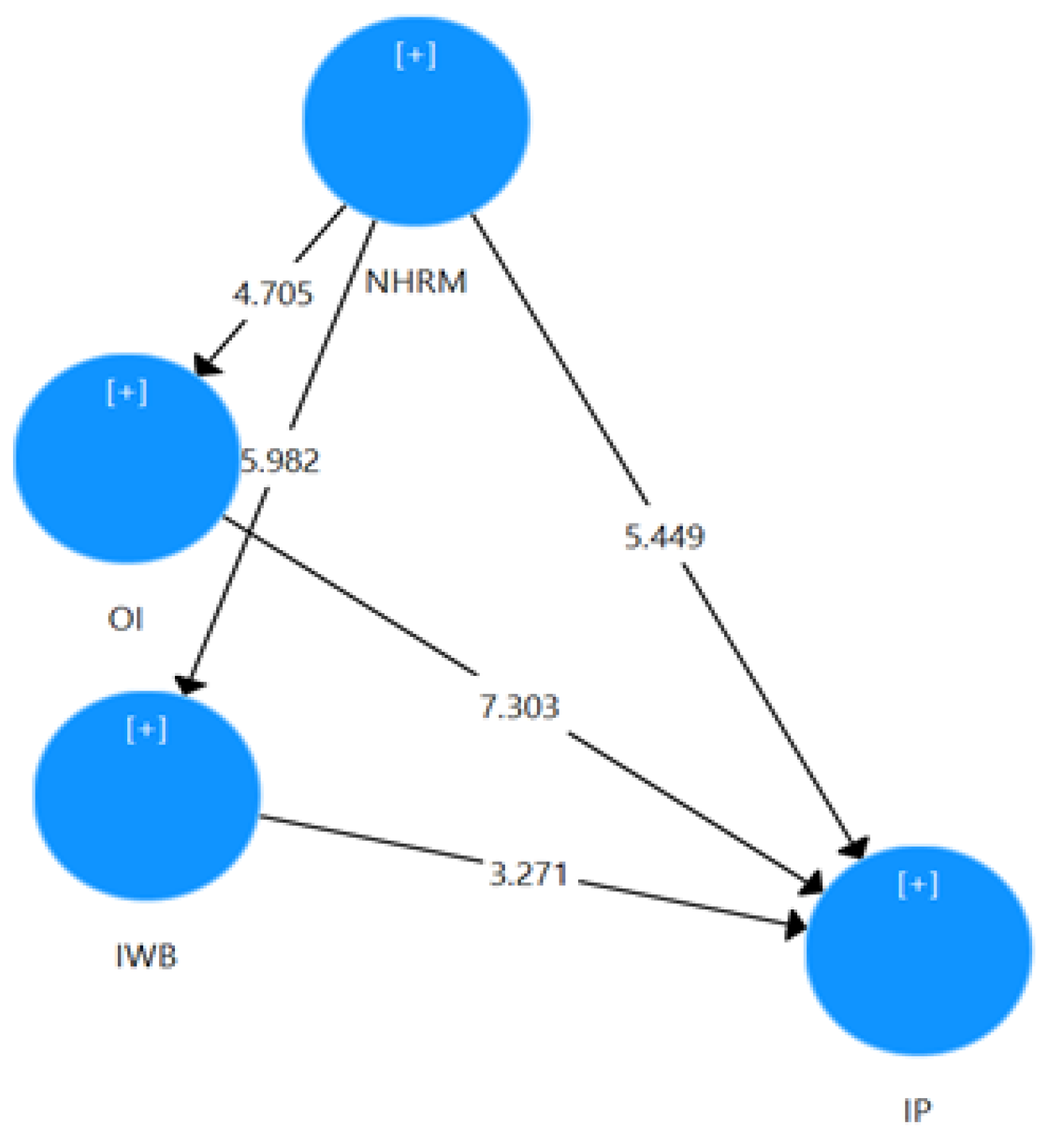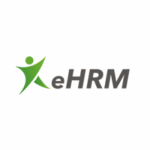The digital transformation of human resource management (HRM) through eBusiness has had profound implications for HR practices, becoming increasingly evident since the 1990s and firmly established by the early 2000s.
Emerging Tools and Functionalities
With the rise of eHRM, new technologies and tools have been introduced to streamline HR tasks. A central development is the creation of HR portals, which are used by HR professionals, line managers, and employees alike, often integrating multiple functions into a single digital interface.
Early adoption areas include:
-
eRecruiting via online job boards and digital assessments
-
eLearning, especially web-based training (WBT) using intranet or internet platforms
A key innovation is Employee Self Service (ESS), which enables employees to independently manage administrative tasks like updating personal data, booking seminars, or recording hours worked. Complementing this is Manager Self Service (MSS), where managers access tools to analyze team structures, absenteeism, and performance data.
Another evolving trend is the integration of knowledge management within HR portals—linking, sharing, and generating knowledge across the organization.
Implementation Challenges
Despite the potential, the rollout of eHRM systems often lacks a cohesive strategic framework. Many implementations are software- or provider-driven, rather than being rooted in a thorough analysis of existing HR processes. As a result, businesses frequently end up with standardized but suboptimal solutions that overlook the organization’s specific needs and culture.
This misalignment creates friction among stakeholders:
-
HR managers may fear a loss of influence and control
-
Employees and line managers often resist perceived transparency overreach
-
Staff representatives may raise concerns about data privacy and security
Long-Term Impacts on HR Management
eHRM influences HR on several key fronts:
-
Operational Efficiency & Strategic Focus: By automating and standardizing administrative workflows, eHRM frees up resources, enabling HR to take on a more strategic, consultative role—transitioning from administrator to business partner. However, this shift may also lead to increased bureaucracy.
-
Cost Reduction: Decentralized processes and reduced duplication lead to lower operational costs. However, this must be weighed against increased IT budgets and the reallocation of HR tasks to employees and line managers via ESS/MSS. The claim of cost savings must therefore be nuanced.
-
Service Quality & Transparency: eHRM promises improved responsiveness and employee-centric services through greater accessibility and clarity—driving a more transparent HR culture.






![15 Employee Offboarding Templates That Save Hours of HR Time [Free Downloads] 15 Employee Offboarding Templates That Save Hours of HR Time [Free Downloads]](https://i1.wp.com/www.hrcloud.com/hubfs/Header.png?w=150&resize=150,100&ssl=1)
